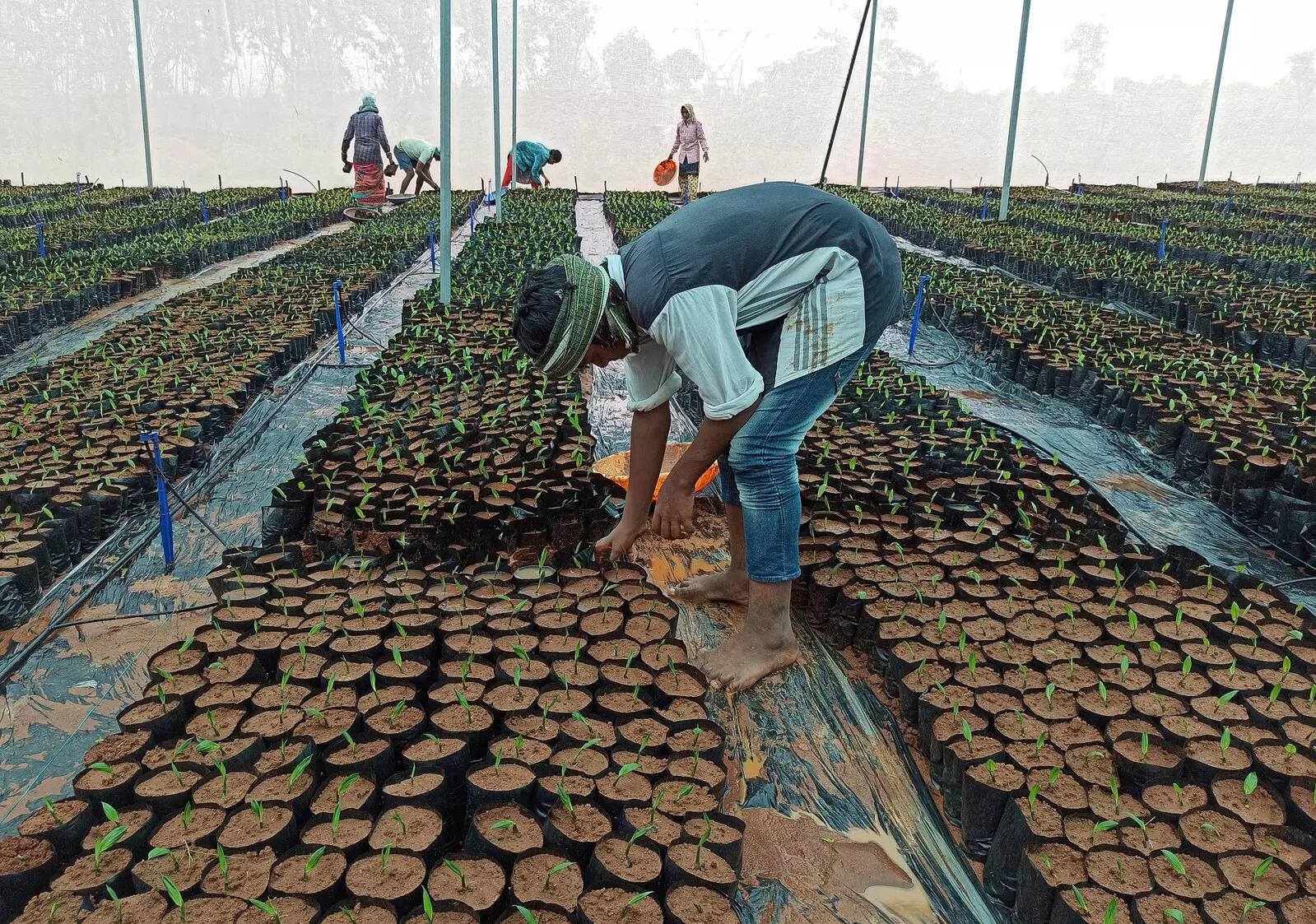
New Delhi: Work generated under the National Rural Employment Guarantee scheme fell to nearly half in July from the prior month, on the back of a pick-up in agricultural and non-agricultural activities that kept labourers engaged and due to weakening of reverse migration.
Prior to the steep fall in July, work generated under it had increased sequentially in each of the first three months of the current fiscal year.
Provisional data on August 15 showed 222 million person days of work for July 2022, compared with 422.1 million in June, a drop of 47.3%. The number of households that benefited from the scheme was 17.1 million against 27.5 million in June, a 37.8%decline.
The person days of work generated were 285.9 million (benefitting 18.6 million households) in April and 435.3 million (26.1 million households) in May.
The numbers so far this fiscal year are higher than the pre-pandemic levels, though the gap is narrowing month-on-month. In July 2019, which is before the pandemic, these were 193.2 million person days of work and 14.9 million households.
The fall in the number last month was largely on the back of a pickup in agricultural activities, as labour demand has shot up for kharif cultivation. A surge in demand for workers for public works in rural areas and return of most of the labourers to industrial towns, with a near end to the reverse migration seen during the peak of the pandemic, also led to fewer people seeking work under the scheme.
“The pick-up in economic activity seems to have stabilised the labour market,” labour expert KR Shyam Sundar said. “However, the lack of consistency in industrial production and the weakening of rupee can impact the manufacturing output which in turn could impact the labour market,” Sundar added.
The dip in work generation is in line with a fall in demand for work under the scheme and also corroborates with a significant fall in unemployment rate in rural India.